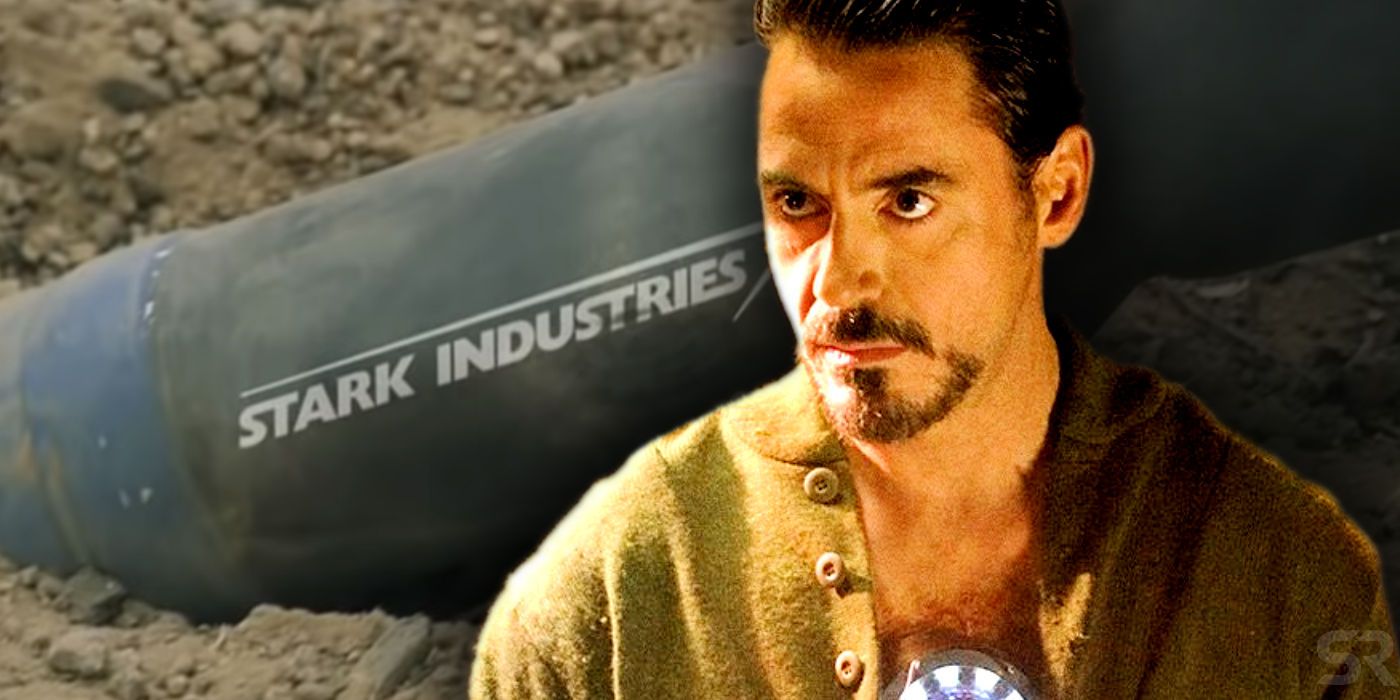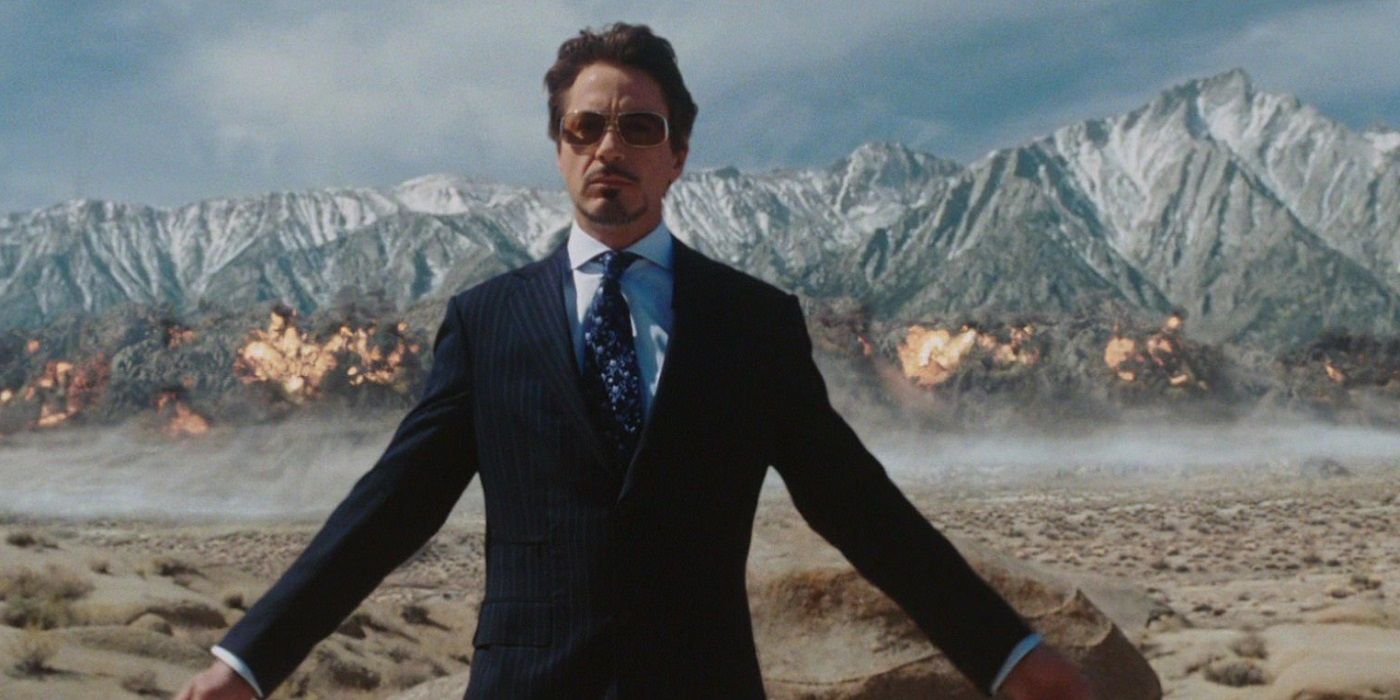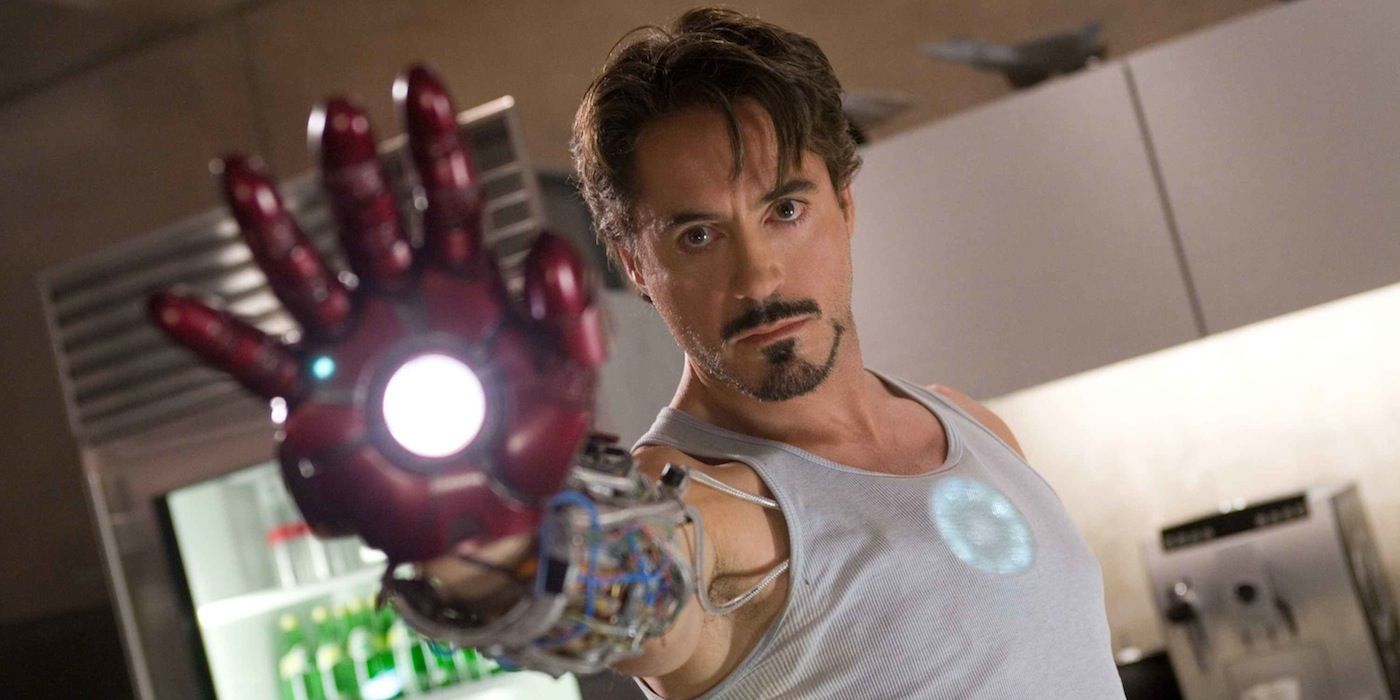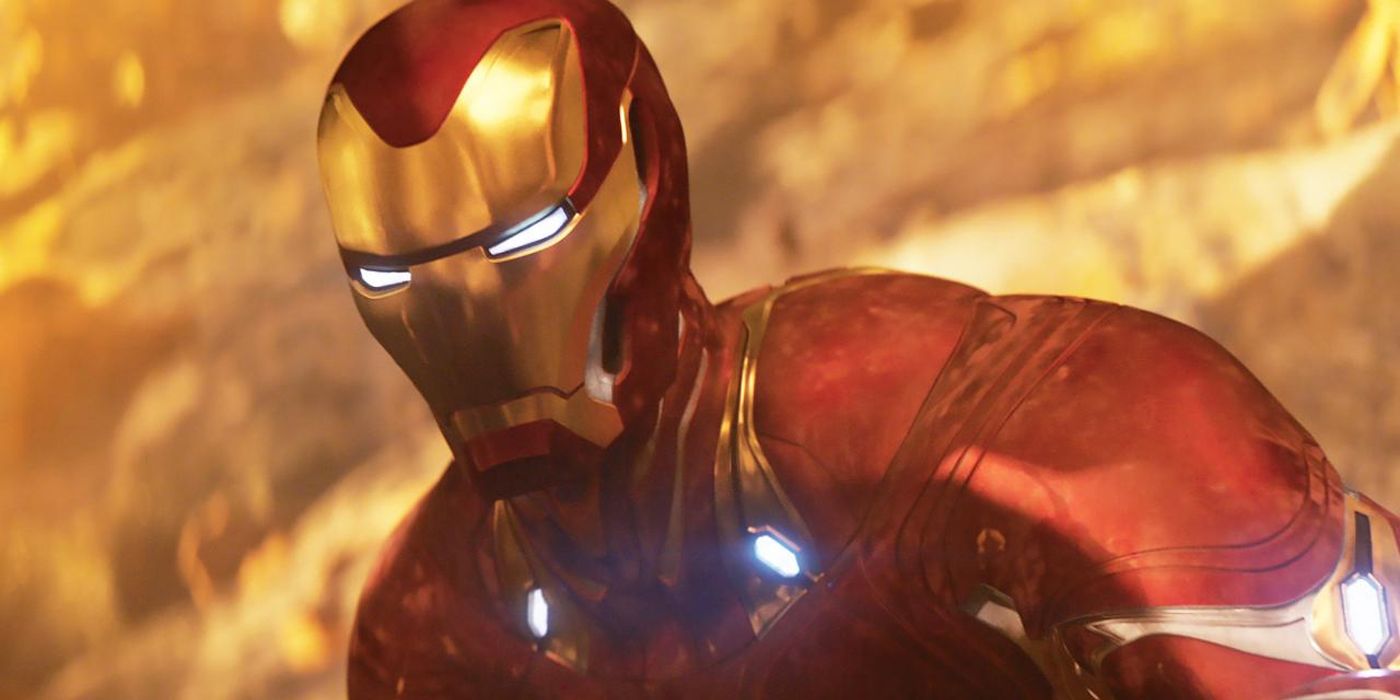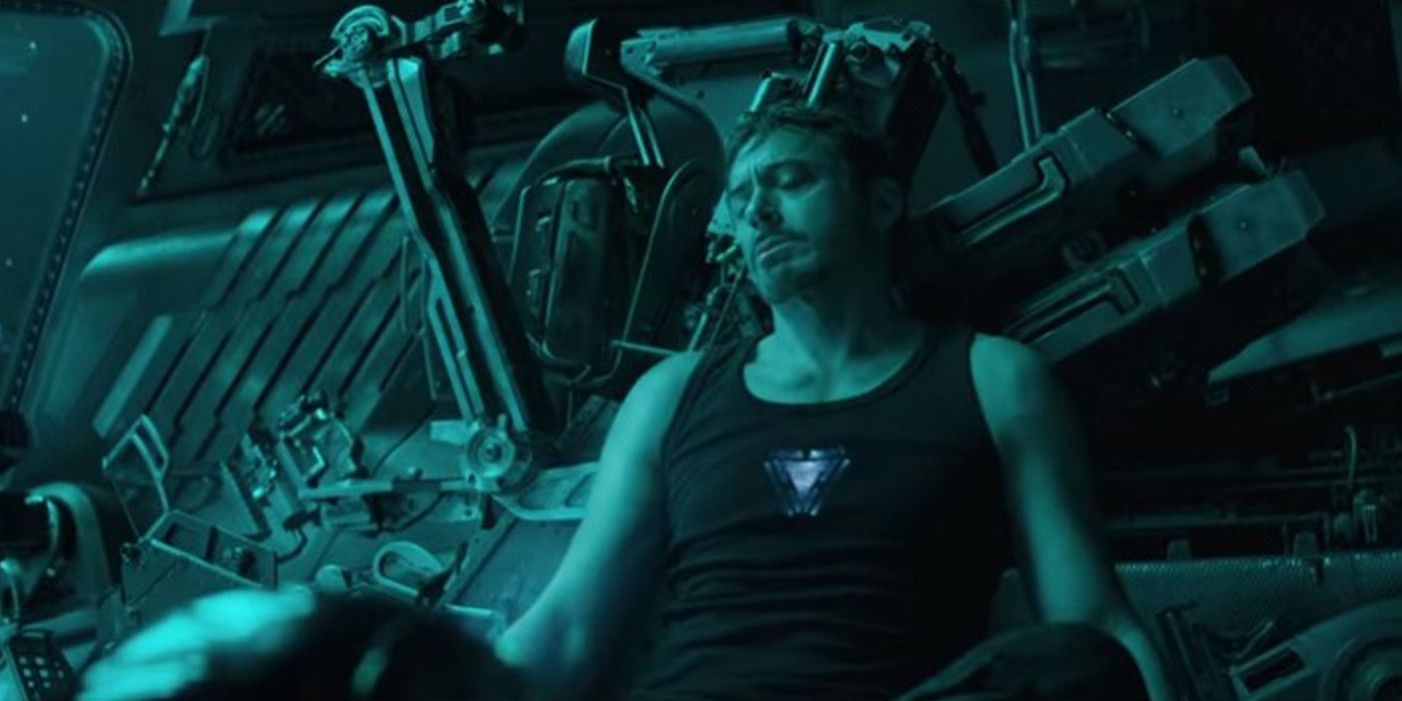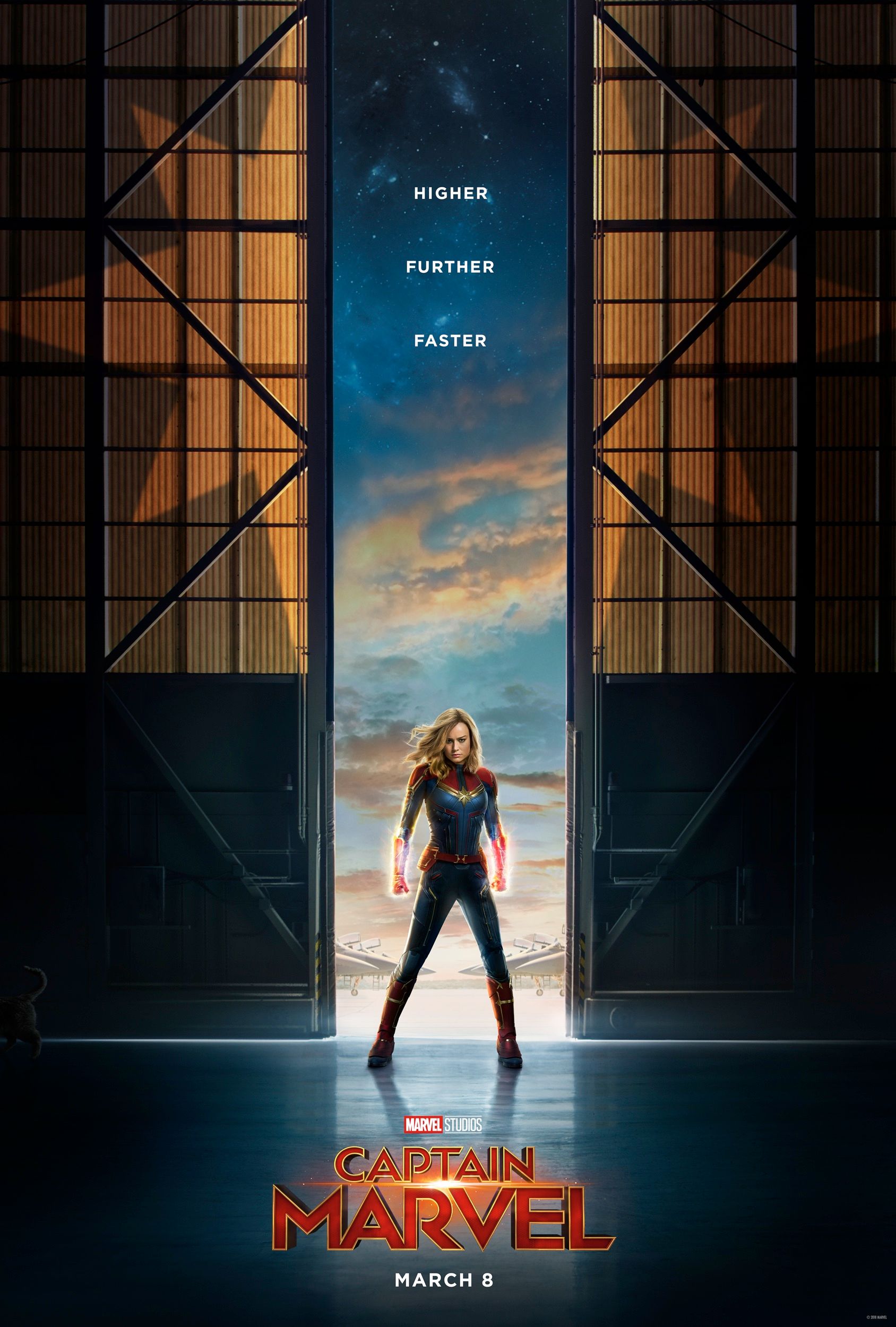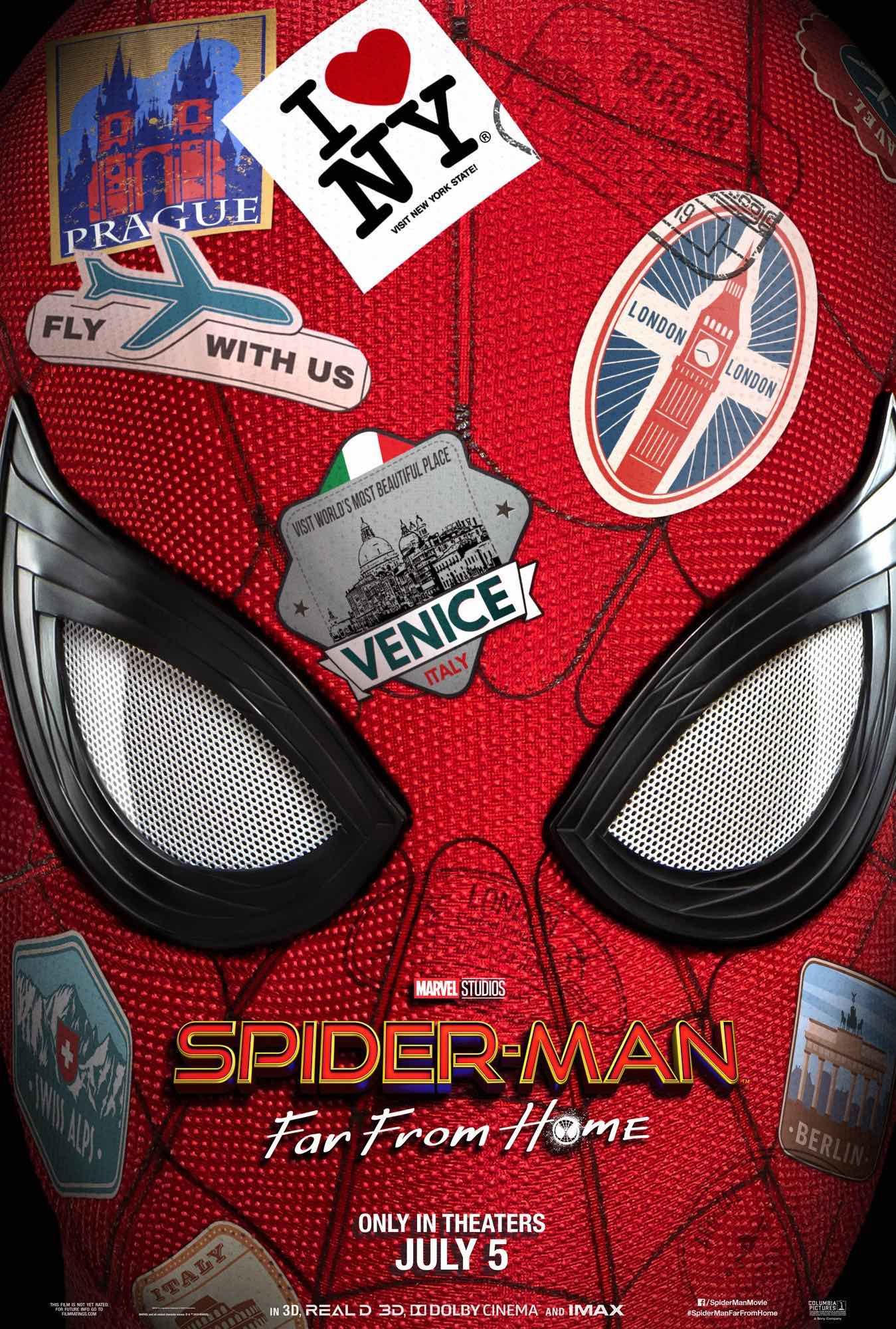Tony Stark failed in his first mission as Iron Man - to stop profiting from war. When the late, great Stan Lee created Tony Stark back in the 1960s, he gave himself something of a dare. As he explained around the time the first Iron Man movie released, the one thing that young readers "hated" was war - or, more specifically, the military. And so, Lee decided to create a character that embodied that hatred in every way possible, someone that profited heavily from war, and turn him into someone readers would admire.
When Marvel Studios introduced Tony Stark in 2008's Iron Man movie, they initially followed Lee's formula to the letter. They based the arrogant industrialist on Howard Hughes, and cast controversial actor Robert Downey Jr. for the part after Jon Favreau's recommendation. They clearly made the right call, and the foundation laid in Iron Man has proved stable enough to build an entire shared universe on it.
Related: Avengers: Infinity War Shows Iron Man Does Have A Proper Theme (Sort Of)
And yet, there was one crucial difference. Where Lee's Tony Stark stayed a weapons manufacturer for years, the first Iron Man film saw the MCU version ditch the profession at speed. It was Marvel Studios' way of hitting the ground running by fundamentally altering the status quo for its central character at the outset. But the thing is, did anything really change?
- This Page: What Was Tony Stark's Founding MCU Plan?
- Page 2: How Tony Stark Failed His Plan Over Time
Tony Stark's First Mission Was To Stop Making Weapons
Iron Man began by establishing Tony Stark as the "Merchant of Death," a selfish industrialist who didn't really care about anyone but himself. He'd inherited Stark Industries from his father, Howard Stark, and had continued Howard's work, building some of the most lethal and efficient weapons out there. The film placed a spotlight on the Jericho missile, an experimental missile that he attempted to sell to the United States military. "They say the best weapon is one you never have to fire," Stark observed. "I respectfully disagree. I prefer the weapon you only have to fire once... Find an excuse to let one of these off the chain, and I personally guarantee you the bad guys won't even want to come out of their caves."
Plus, in Iron Man's ambush scene, Tony says, "Yeah, peace. I love peace. I'd be out of a job with peace." But Tony Stark's trip to Afghanistan proved a life-changing one; he was captured by the Ten Rings terrorist organization and badly injured by one of his own weapons. Stark was gradually faced with the reality that the weapons he had designed had made their way out on to the black market, and were causing terror across the globe. Stark had previously been arrogant and egotistical, but he finally began to develop a sense of personal responsibility. When Stark escaped, and made his way back to the United States, he shut down Stark Industries' weapons research and began to move the company in a new direction.
Tony's Plan Worked (For A Time)
Stark faced bitter opposition from the Board of Directors, with Obadiah Stane even trying to kill him and take ownership of the Iron Man technology. But in the end, Tony appeared to get his own way. Under Stark's leadership, Stark Industries became a world leader in renewable energy, using the Arc Reactor technology to create sustainable sources of clean energy. By the events of The Avengers, Tony considered himself to be "the only name in clean energy." Stark Tower was a revolutionary step forward for the Arc Reactor, an entire building sustained by the power source.
Related: The MCU Skipped Iron Man's Most Important Story
Meanwhile, Tony launched a campaign to get his old weapons off the black market. He started with the Ten Rings, the terrorist group who had taken him prisoner, and he systematically destroyed their weapons caches. Iron Man 2 implied that he went even further, acting as a troubleshooter who took down terrorists and dealt with advanced tech that had gotten into the hands of criminals. Stark became a celebrity superhero and told a US Senate Committee that he had successfully privatized world peace. It really did look as though he'd fulfilled his mission. But things changed.
Page 2 of 2: Tony Stark's Mission Failed Over Time
Why Tony Ended Up Failing His Iron Man Mission
Despite all his best efforts, Tony Stark ultimately failed in his very first Iron Man mission. Obadiah Stane had a point when he insisted the Iron Man armor is a weapon, and every version of the Iron Man armor has been more powerful and more dangerous than the one before. Although Stark initially refused to grant the US government access to his technology, he allowed Colonel James Rhodes to keep the War Machine armor, and even kept upgrading it. No doubt Tony justified this to himself by arguing he was trusting Rhodes, not the government. But, as Iron Man 3 showed, it was quite possible for someone else to pilot that armor. Besides, Rhodes is a soldier, and that means he fits into the command structure of the US military. He's expected to obey orders.
Matters become worse after the events of Captain America: Civil War, when both Iron Man and War Machine registered under the Sokovia Accords. As Iron Man, that placed Tony Stark under the direct control of the United Nations. He was no longer an autonomous agent, but now - like James Rhodes - he was expected to follow orders. The Iron Man armor had become a weapon, with the world's politicians in charge of deciding how it would be deployed.
Related: Iron Man Has Never Won A Battle On His Own Before Avengers: Endgame
Meanwhile, in the aftermath of The Avengers, Tony Stark took control of S.H.I.E.L.D.'s Damage Control unit. No doubt he did so for purely altruistic reasons, but the fact remains that he would have profited substantially from it (while also taking away jobs from contract workers like Vulture). Every Avengers mission would have presented Tony Stark with an opportunity to make a profit. What's more, Agents of S.H.I.E.L.D. has implied that Damage Control became a global operation. It's possible to draw a parallel with the Marshall Plan; in the aftermath of the Second World War, the United States gave Europe over $1 billion for reconstruction. Although the US didn't profit directly from it, the country gained power, influence, and prestige. This is what led to the US being part of the United Nations Security Council, and to the dollar becoming the world's most important currency. The rationale may have been primarily altruistic, but there were massive benefits.
For Tony Stark, there could even be other benefits. S.H.I.E.L.D. claimed to destroy advanced technology that they believed was too dangerous, but did Tony Stark do the same? It's entirely possible he was personally collecting some of the tech cleaned up by Damage Control, and experimenting with it until he found applications he could sell on.
Tony Wants To Do Good, But He Can't Let Go Of The Past
In truth, this speaks to Tony Stark's recurring character arc through the entire MCU. He is a man filled with regrets, always living in the shadow of the past, always attempting to move beyond it - but never succeeding. As Avengers: Age of Ultron demonstrated, no amount of heroics can erase the harm he's caused; there will always be men and women who suffered, and who lost loved ones, because of Stark weapons.
By the time of Avengers: Infinity War, Stark has essentially become a man of war who daydreams of peace, but knows it will never come to pass. He's created the most powerful Iron Man armor to date, one composed of nanotechnology that can take on the form of almost any weapon he imagines. Furthermore, he's officially registered with the United Nations, meaning - as little as he'd like to admit it - that Iron Man is somewhat of a soldier, fighting the battles that ordinary human beings simply cannot fight. Iron Man has failed in his first mission; he just won't like to dwell on that fact.

